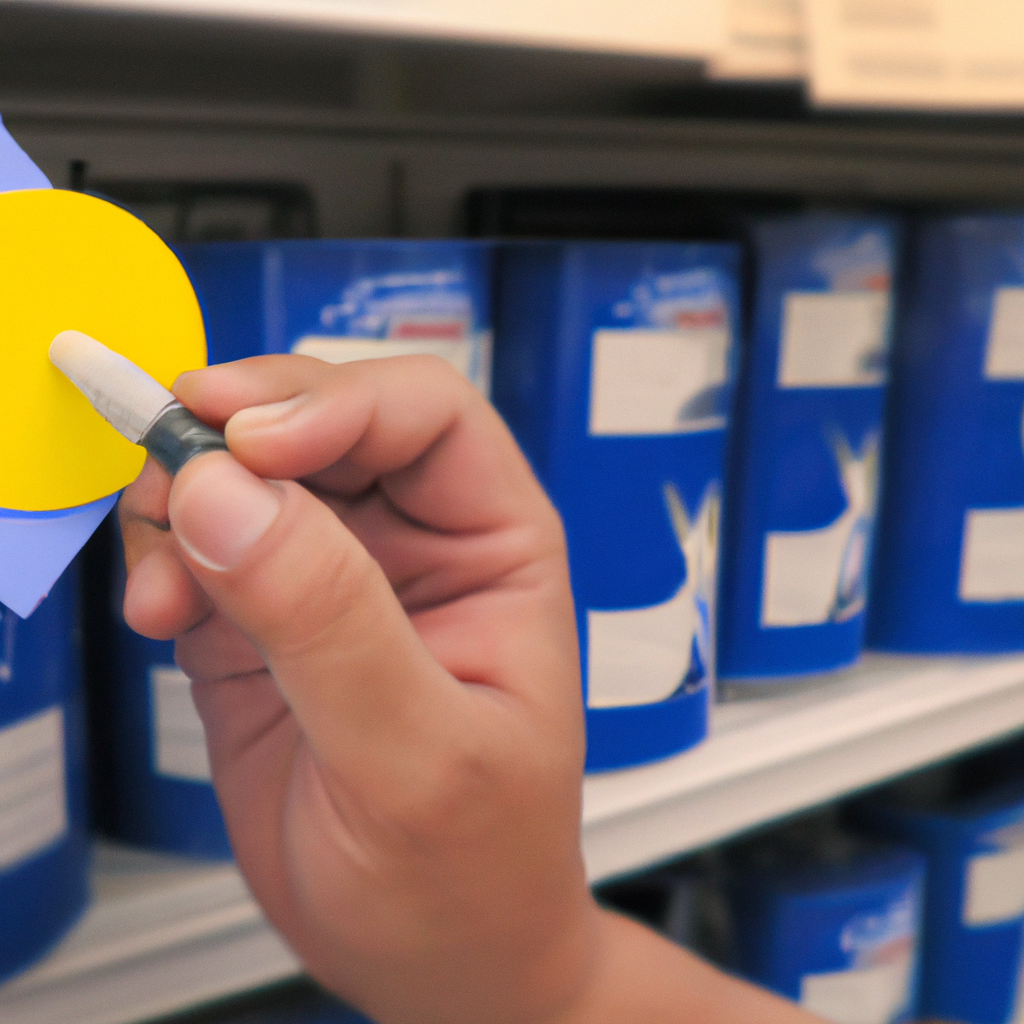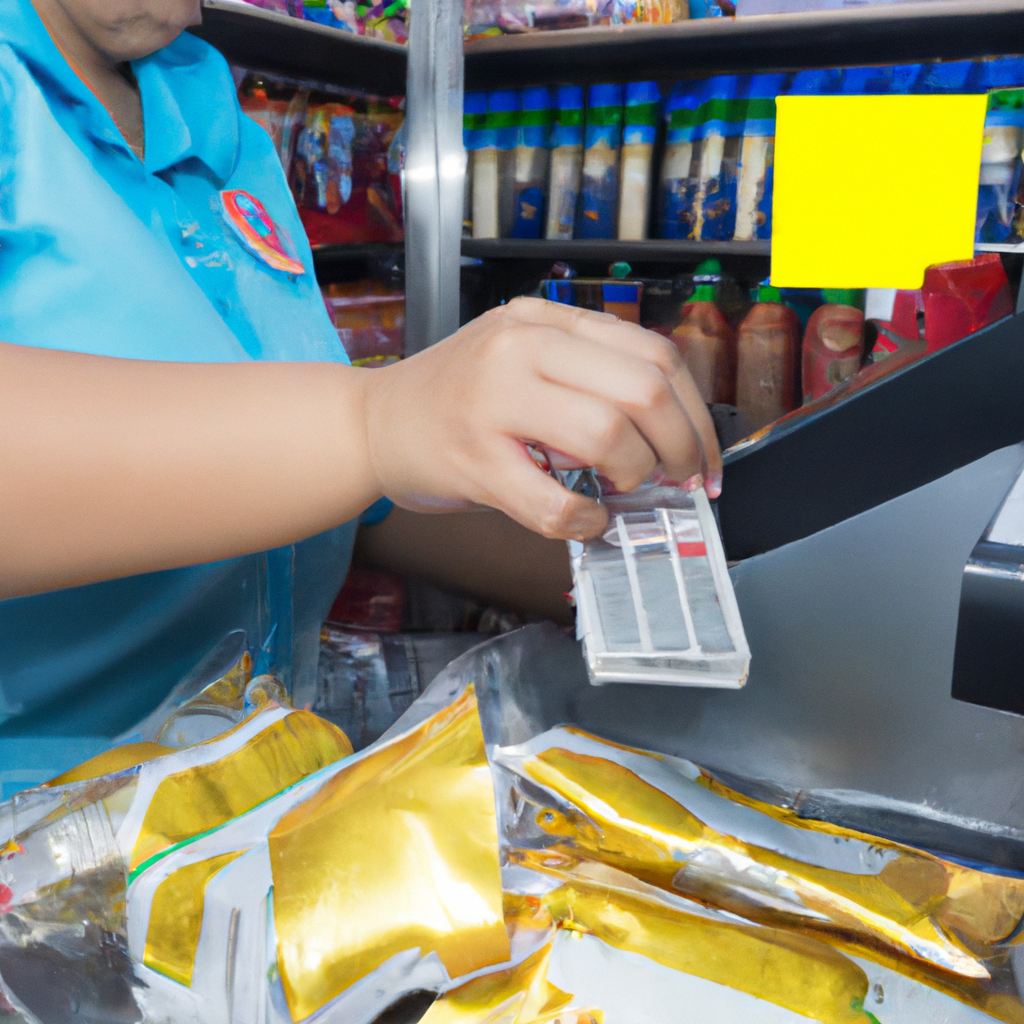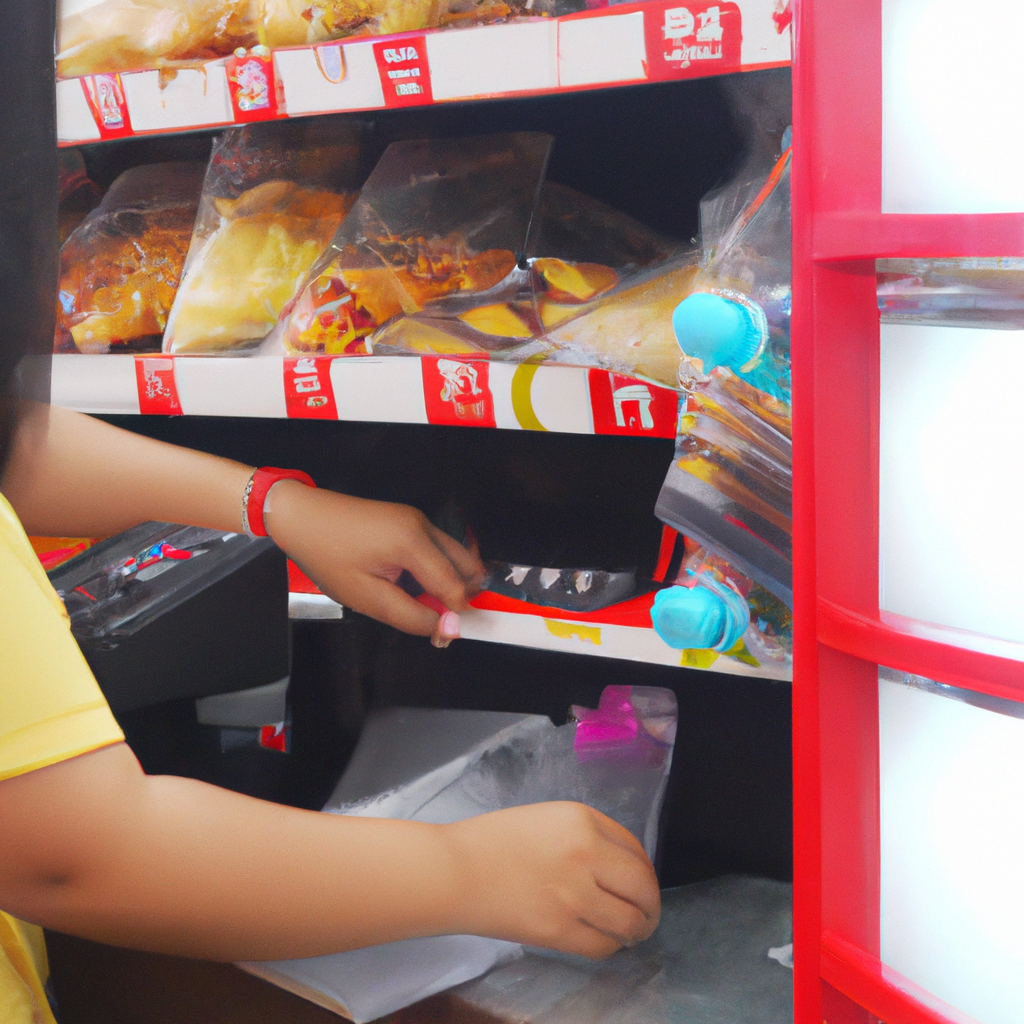 5 reason why you must put price tag in your mini or supermarket retail store and How you can do it?
5 reason why you must put price tag in your mini or supermarket retail store and How you can do it?

Supermarket retailers need to display prices on products for several reasons:
Transparency: Displaying prices helps customers know how much they will have to pay for a product before they buy it, promoting transparency and trust between the retailer and the customer.
Convenience: Clear and visible pricing can help customers make informed purchasing decisions without having to ask for help from store employees, saving them time and effort.
Compliance: In many countries, retailers are legally required to display prices on products. This is to ensure that customers are not overcharged and that retailers are following fair pricing practices.
Accuracy: By displaying prices on products, retailers can minimize errors and disputes over pricing, leading to a smoother shopping experience for customers.
Promotion: Printed price tags can also be used to highlight promotions or discounts, which can encourage customers to purchase more products and increase sales for the retailer.
AGen price tag printing solution give you the flexibility on this. AGen help to compare and then print these paper tags using a label printer or portable label printer. User who uses AGen software to generate and print the tags with the necessary information. The tags then can then be manually affixed to the shelves or product displays.

The steps in Using AGen to do printing shelf labels can vary depending on the specific process and tools used by a supermarket retailer and the user preference. However, here are some summary of AGen user common steps involved in the process of printing shelf labels:
Design the label: The first step is to design the label by selecting the appropriate label size, format, and layout. This step may involve using label design software or a pre-made template to ensure the label is designed correctly. AGen technician will assist you on this.
Enter the product information: Once the label design is finalized, the product information must be entered into the system. This information typically includes the product name, price, barcode, and any other relevant information.
Print the label: With the product information entered, the label can be printed. Depending on the specific process used, this may involve using a label printer or pre-printed labels that are manually affixed to the shelves or products.
Affix the label: Once the labels are printed, they must be affixed to the correct products or shelves. This may involve manually placing the label on the shelf or using a labeling gun to apply the label to the product.
Verify accuracy: After the labels have been affixed, it is important to verify the accuracy of the information displayed on the labels to ensure that customers are not overcharged or undercharged.

By:
pang
| Date:
24 Mar2023